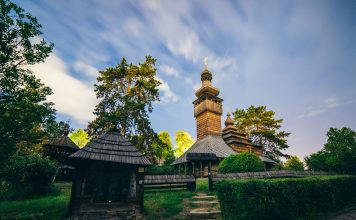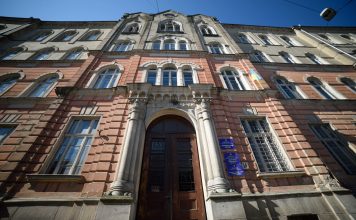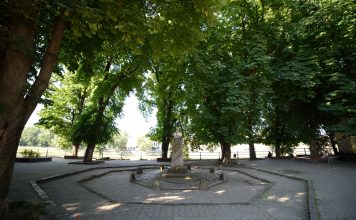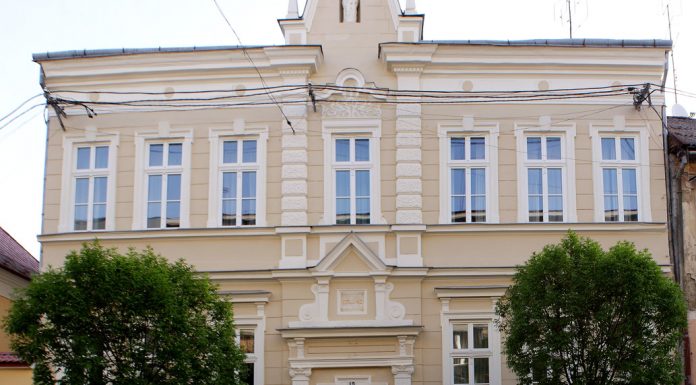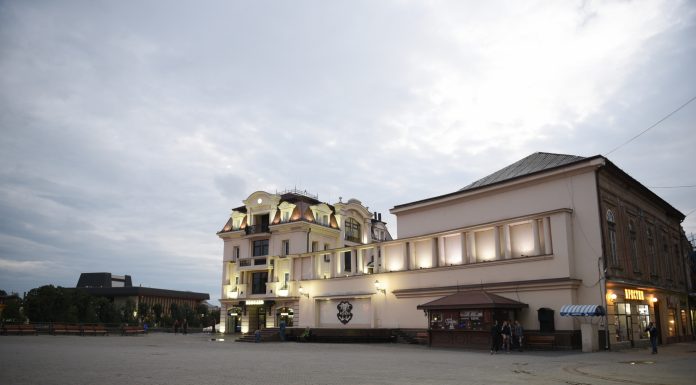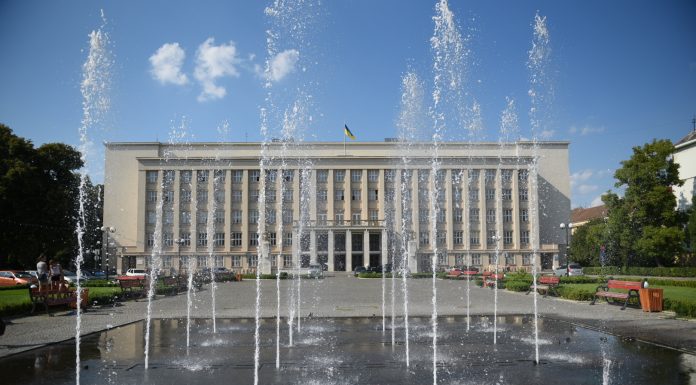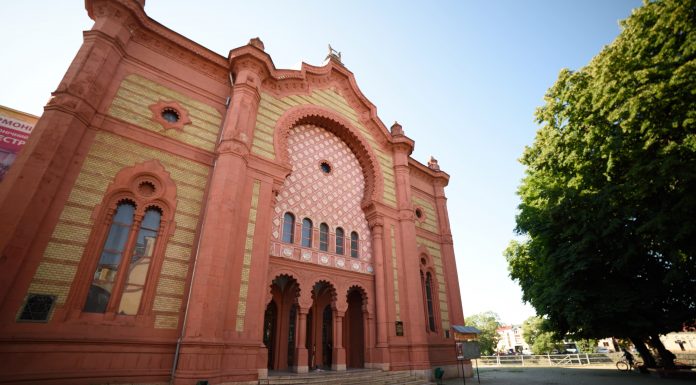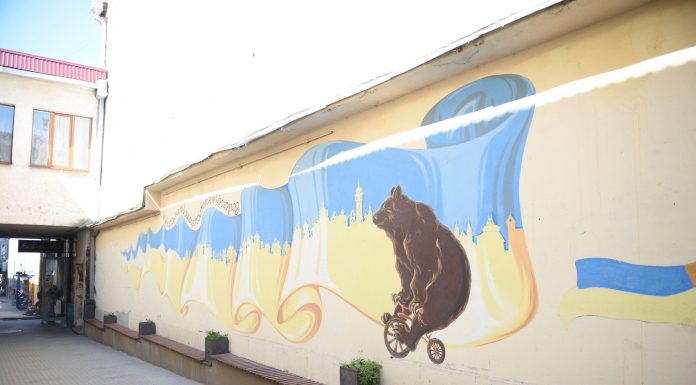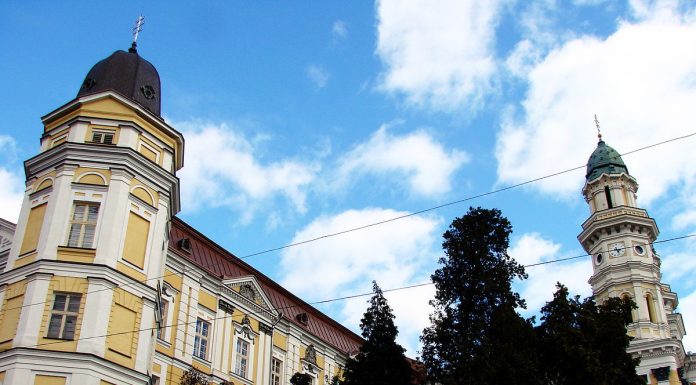From 1902-1907 the building housed a Christian educational institution for girls: the Roman Catholic Lyceum of St. Gizella. According to Hungarian history, St. Gizella was the wife of the first Hungarian king, Stephen I, who baptized Hungary. During Soviet rule, a music school was created in the building and the sculpture of St. Gizella, the symbol of the building,...
The square is named in honor of a theatre, opened on 7th of July, 1920 with a performance of the well-known Ukrainian play, “Natalka Poltavka”. In July 1921 the famous Ukrainian director Mykola Sadowskyi was invited to be the head of the theatre. Since 2005 the theatre has had the name „Bavka”. Long ago in Verkhovyna regions this was a generic name for...
Dominated by the regional administration building at one end, since 1999 the square has been decorated with a large statue of Ukraine’s national poet, Taras Shevchenko. In 2001 a grass lawn was installed, with lights. In 2011 a fountain was re-installed. On the left side of the square, there’s a rose garden and right behind it is the building...
Uzhgorod Synagogue was built as a Jewish choral synagogue of the Ashkenazi orthodox community in Uzhgorod. It was designed by architects Gyula Papp and Ferenc Szabolcs in Neo-Moorish style, which intertwines Byzantine and Arab-Moroccan motifs. It opened in 1904.
Currently, the building is used by the Transcarpathian Regional Philharmonic Society, founded in 1946. In 1974, one of the best stage...
Bat’a Passage was built in 1927-1927, during the period when Uzhgorod and Transcarpathia were part of the Czechoslovakian Republic. It’s named after the Slovakian shoe manufacturer Bat’a. From the side of Theatre Square according to his vision the “Bat’a Palace” was built. On its lower floors there was a large shoe store, and on the upper floors, shoe repair...
Next to the Cathedral is the Episcopal Palace, which is an imposing historical and architectural monument of 18th century Uzhgorod. The plan of the palace is L-shaped, with two octagonal towers at the top. The western facade is decorated with a portico and a stucco coat of arms of Bishop Bachynskyi.
The history of the Episcopal Palace is inseparable from...

